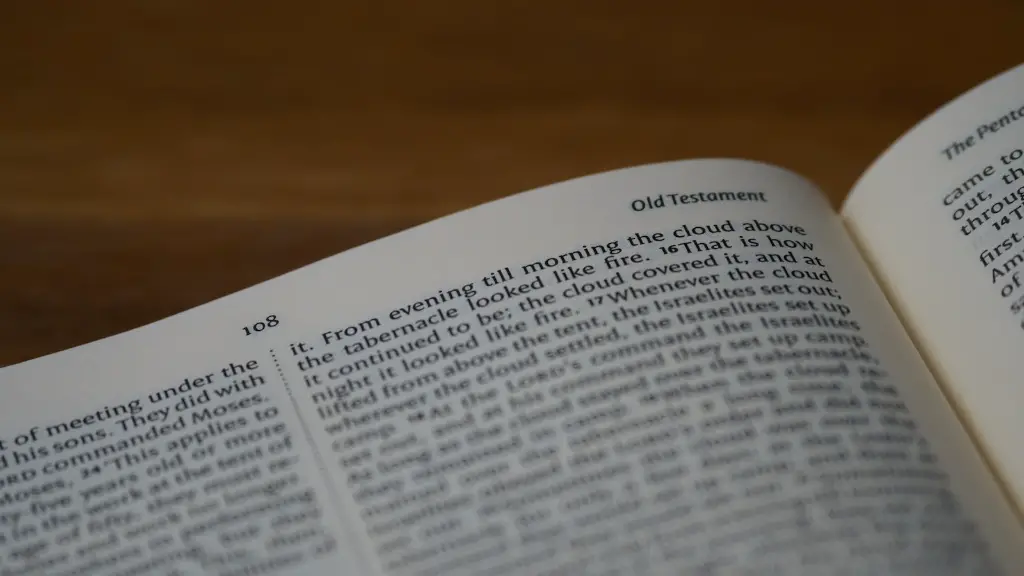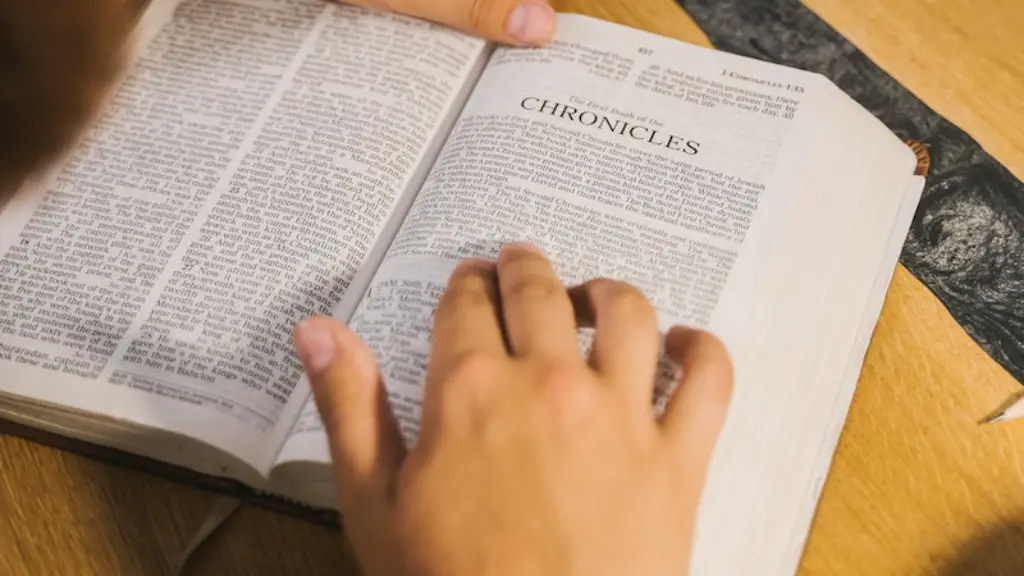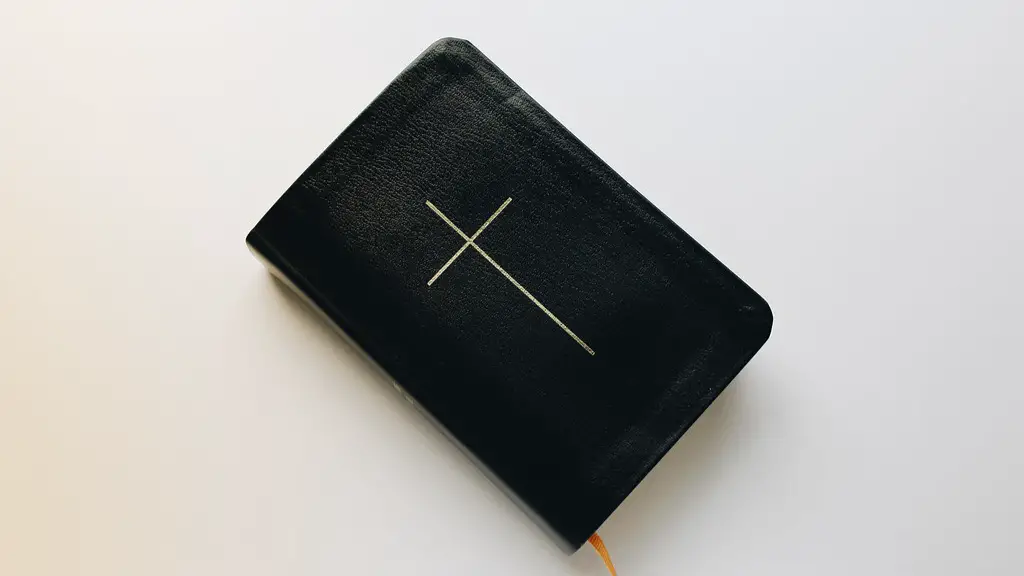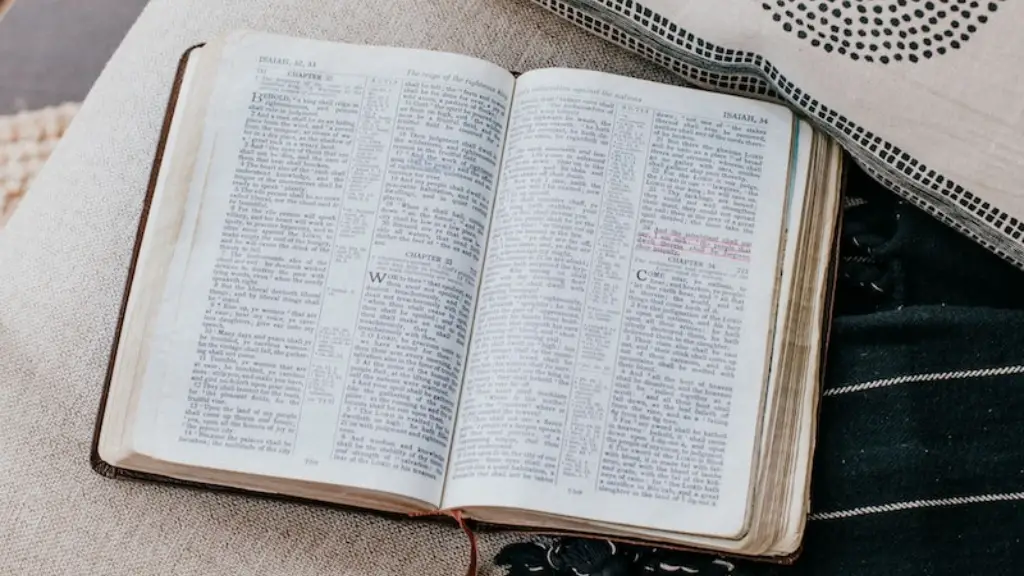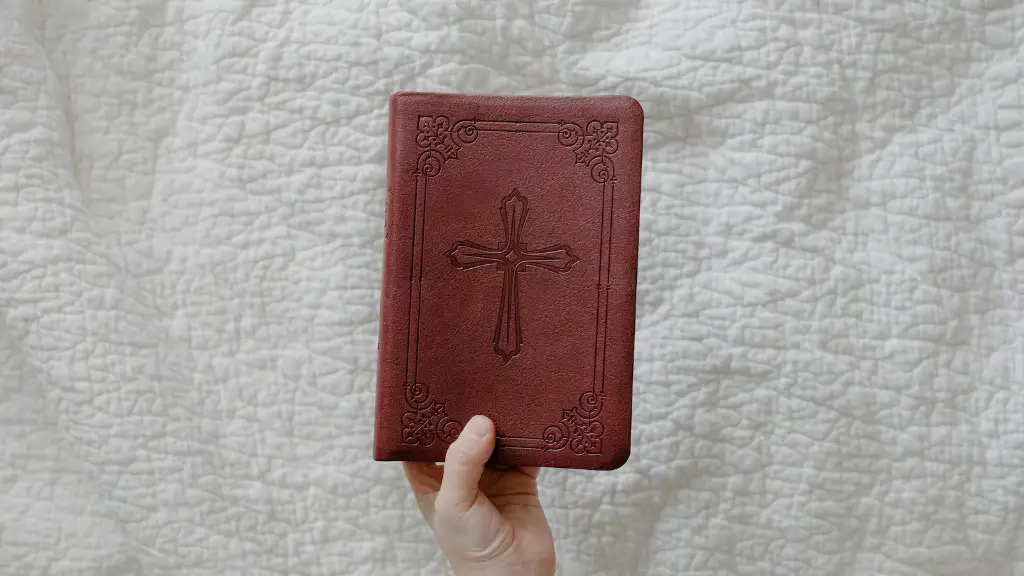A burnt offering, according to scriptures in the Bible, is one among the fundamental sacrifices offered to God by the ancient Israelites. It is a form of honor or offering to God consisting of rolling a slaughtered animal or bird into a fire. A burnt offering is one of the oldest types of religious sacrifice known to man, with earliest documentation dated back to the offering by Cain mentioned in the Book of Genesis in the Hebrew Bible. It is believed to have been a way to express worship and devotion to God.
Burnt offerings were usually offered on special occasions such as feast days, the inauguration ceremony of an altar or sanctuary, the purification of a person or a place. Depending upon the occasion, different animals and birds were offered along with accompanying grains, oil and spices. It is described in some scriptures that some animals were offered whole while others were offered in pieces. It is believed that the smoke emanating from the burnt sacrifice was meant to take away bad spirits and to satisfy God’s wrath. The offering was seen a form of respect and dedication to the almighty.
The Israelites stayed true to the tradition for centuries and offered the offering to the Lord on special occasions and temporal occasions. The offering became a part of routine worship, with its practice documented in several scriptures in the Bible. Moses, too, offered the offering to the Lord as instructed in the Exodus, Leviticus and Numbers. The offering is also mentioned in the New Testament in the Book of Philippians, Galatians and many other books.
Today, the practice of burnt offering is obsolete, as it requires a great amount of resources and could turn counter-productive in a lot of cases. However, its concept still lingers on in some modern religions, as some still consider it a symbol of dedication and recognition of the power of God. Some faiths today have various variations to the practice of burnt offering, such as ritual burning of special incenses and herbs, thus passing on the tradition in new ways.
It cannot be denied that the burnt offering has played a great role in passing down the religious values of mankind over centuries, allowing people to connect with their spiritual selves by offering something of utmost value to the Almighty. Contrary to some conceptions, the burnt offering was not used as a form of punishment or torture, as it was mostly prayed for before conducting the offering.
What Animals Were Used For Burnt Offerings
Animals often used for burnt offerings in the Bible were rams, he-lambs, bulls, birds, goats and doves. Unblemished animals were used to offer the burnt offering in order to ensure the offering was accepted by the Lord and to show respect to Him. The animals and birds had to be of the same gender, whereas birds of either gender were allowed and also could be crippled according to some scriptures.
The use of specific animals for burnt offerings by the Israelites was decided on the basis of their economic condition, availability and necessity. Some of the animals and birds like the cattle and fattened sheep were expensive, whereas others like the turtledoves did not have to be purchased and were comparatively easier on the sacrifice maker’s pocket. In addition, unblemished birds and animals had to be purchased, which constituted major portion of the offering.
In addition, grain and other goods were offered along with the burnt offering, with the amount specified according to number of animals and birds used. The grain offerings were made with oil, flour and incense, with them being symbolic of the bounty of the land that the Israelites were blessed with.
Ritual and Symbolic Meaning Behind The Burnt Offering
The burnt offering, as mentioned before, was offered to the Lord as a sign of devotion expressing thanks, recognition and surrender. It was also believed that it is the ultimate sacrifice that can be offered to God and holds a significate place in religious worship. Thanks to its distinct ritualistic presentation, it has also been symbolic of a spiritual and emotional journey from darkness to light. The offering was made by spilling of blood, and this act itself is believed to have been symbol of unwavering dedication and commitment.
The ritualistic offering of the burnt offering not only served to pacify the Lord but also to remind the Israelites about their own commitment to the covenant made with Him. As for its symbolic meaning, the smoke ascending from the offering was believed to be a sign that their wishes were accepted by the Lord. Similarly, the fire was symbolic of consuming away the darkness of soul, thus marking the start of a spiritual journey.
Religious Significance of The Burnt Offering
The burnt offering has held deep spiritual significance in societies around the world since centuries. Different religions view it differently, with some regarding it as the ultimate site of reverence and respect to the almighty. Ancient societies considered it a plea and a prayer, a way to express humble request and surrender to God while trying to pacify him and make him more forgiving.
In its own ways, the offering was meant to furnish continuity between between life and death, with the death of an animal or bird served as a temporary sacrifice for atoning for the sins of the worshipers. For some, it also acted as an offering for improving the relations with their God, a way to express their love and loyalty for the Lord in a concrete way. In addition, it also symbolizes inner strength, as the Israelites put their might in bringing the offering in patience and dedication.
Modern Variations of Burnt Offerings
As mentioned before, the practice of offering a burnt offering has been around centuries, while many religions still persuade its practice in some shape or form today. Today, some faiths use purely symbolic substitutes, such as burning of incense or special offering of flowers, as well as special powders or special herbs. The practices are followed for special occasions in some cases but are not as commonplace as in ancient societies.
Moreover, some people have taken a more scientific approach to interpreting the burnt offering as an offering of life and energy to a higher power. This approach suggests that offering something in fire is symbolic of the releasing of energy stored within the sacrificed object, a notion that can be substantiated using the scientific laws of physics.
History Of Burnt Offering In Other Religions
Burnt offering was not just a symbol of devotion in the Bible, as it was there in other major religions before and after the Bible. Ancient societies in India and China also had chapters on burnt offering, with its practice in religion, philosophy, mythology and folk tales that talked about the importance of such rituals in connecting with the supreme power. Additionally, the ancient Greeks too regaled the practice, with its most common form being the offerings of sheep at the temple Delphi in their religious ceremonies.
The practice of Burnt offerings has several variations across religions and cultures, some involving a living victim, some involving burning of offerings in the fire, and others involving the offering of food, flowers and incense. Though, the tradition of offering burnt offering has now abandoned as a religious practice, its concept still lingers on in many religions, forming part of their rituals.
What Are The Rules For Burnt Offerings?
The rules for the burnt offerings, as mentioned in the Bible, were quite rigid and specific. It had to be done in a meticulous, rather rigid manner and according to scriptures with all of their rules and regulations. The offering had to be of the highest quality with unblemished animals, with them also having to be of the same gender. Furthermore, other accompanying materials like oil, flour, incense and grains also had to be of the highest quality.
In addition, the offering was given an extra layer of ceremony with specific prayers being repeated to offer the offering. The purity and dedication of the offering was a prime determinant for its acceptance by God, the ultimate judge of purity. Thus, it can be said that the burnt offerings from the Bible were subject to several hoops of scrutiny before being accepted by God.
Modern Interpretations Of The Burnt Offering
Today, the rituals of burnt offerings and the concept of it have evolved in certain Christian circles, with them now being interpreted somewhat differently. Some view offering of objects in fire as a form of thanksgiving and recognizing the Lord, while others consider it a representation of obedience and surrender. In addition, a majority of people in modern ages also view it as a symbolic element to set and pursue a cause or task with confidence.
Some even view it as a source for illumination and transformation of one’s soul and spirit, a way to overcome inner fears, doubts and worries. Following this interpretation, those taking part in the offering are encouraged to meditate and offer a part of themselves, their conscious or energy, to God in exchange for His mercy and grace. This notion is heavily supported by some of the scriptures from the Bible which talk about offering of souls and spirits in exchange for our prayers.
Conclusion
In conclusion, it is clear to see the importance of the burnt offering in the Bible and history. Though the practice has been abandoned as a common religious practice, there is still some evidence to suggest it lingers in certain faiths and societies. Its real significance lies in the spiritual and emotional journey it represents, as well its ability to bring people spiritually closer to God. Its rules and regulations were met with strictness and were always viewed as a way to appease God and get His favor.
